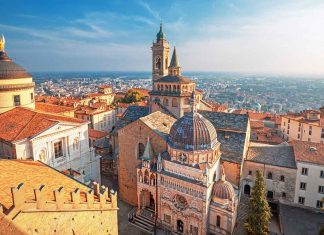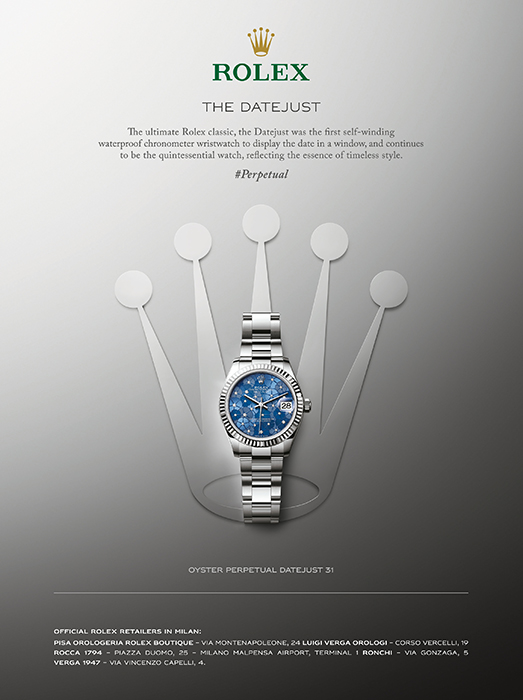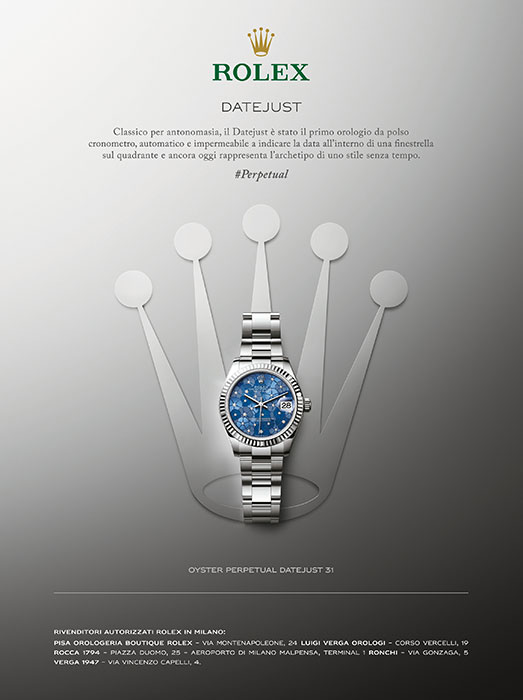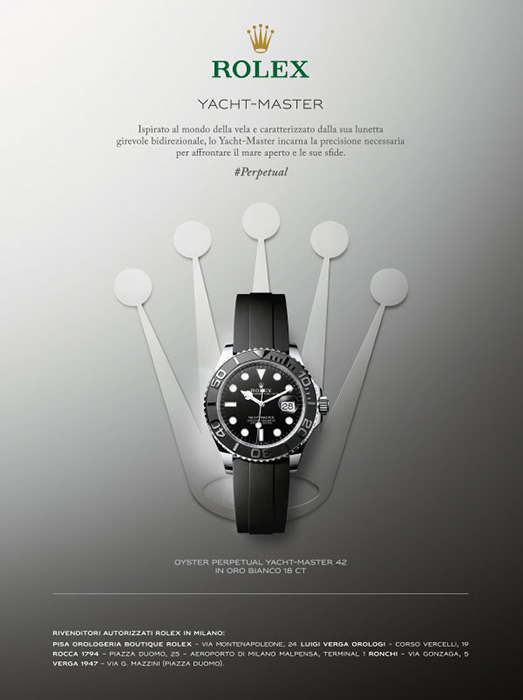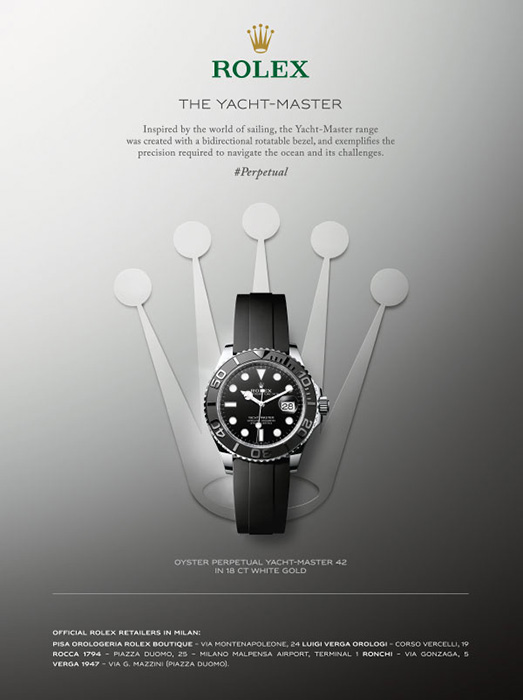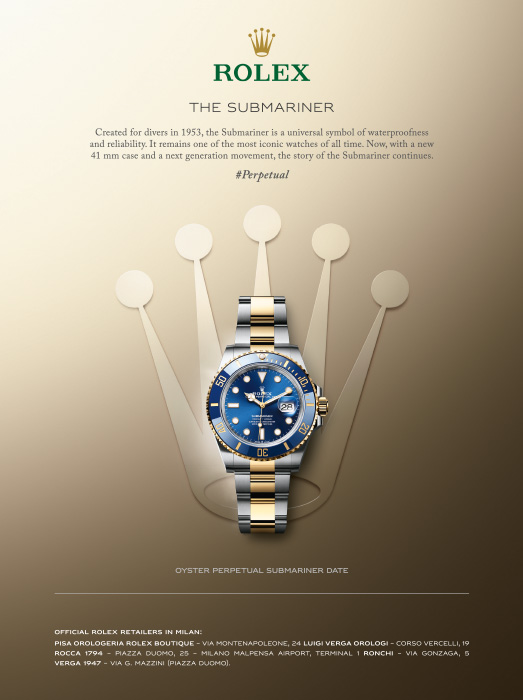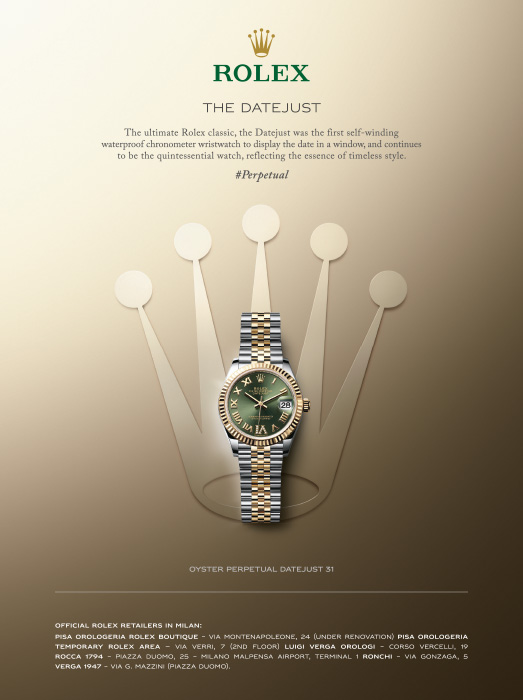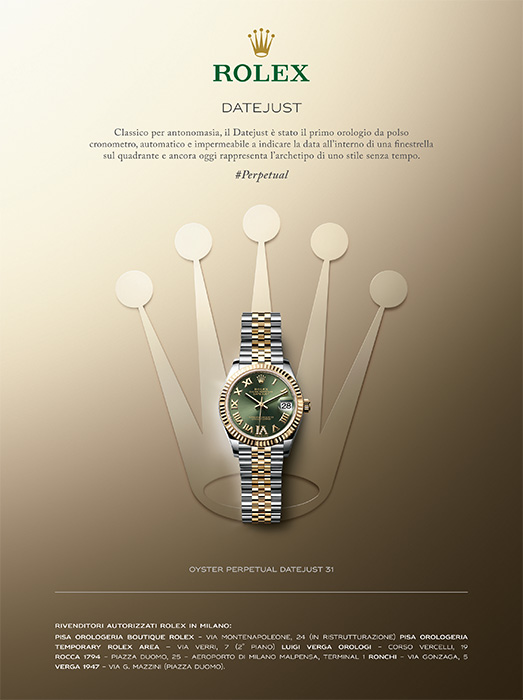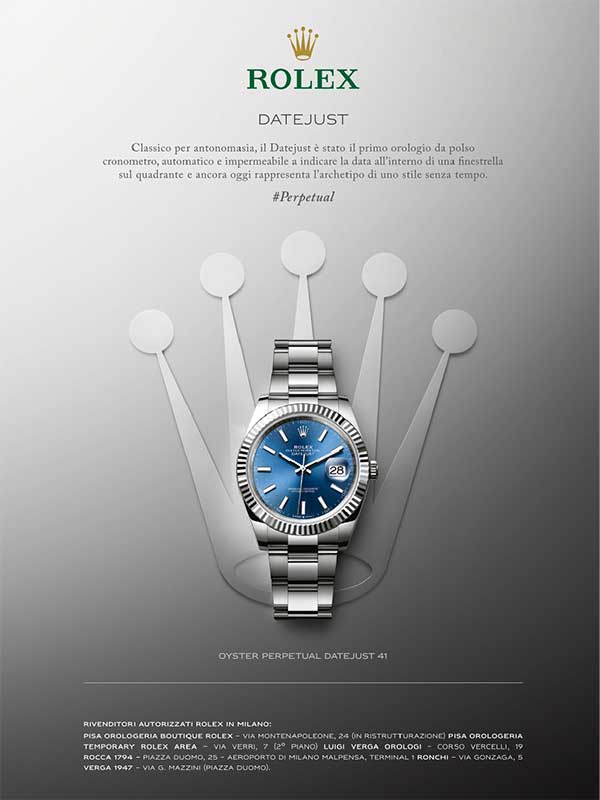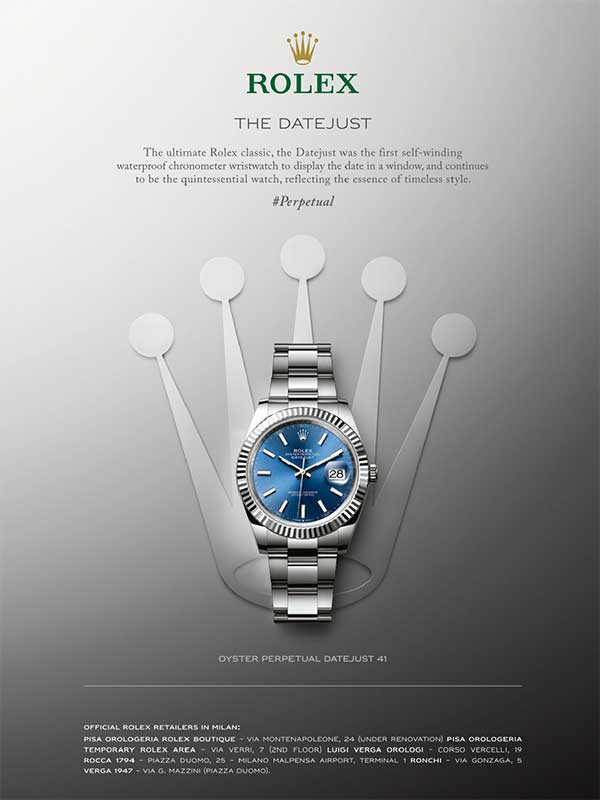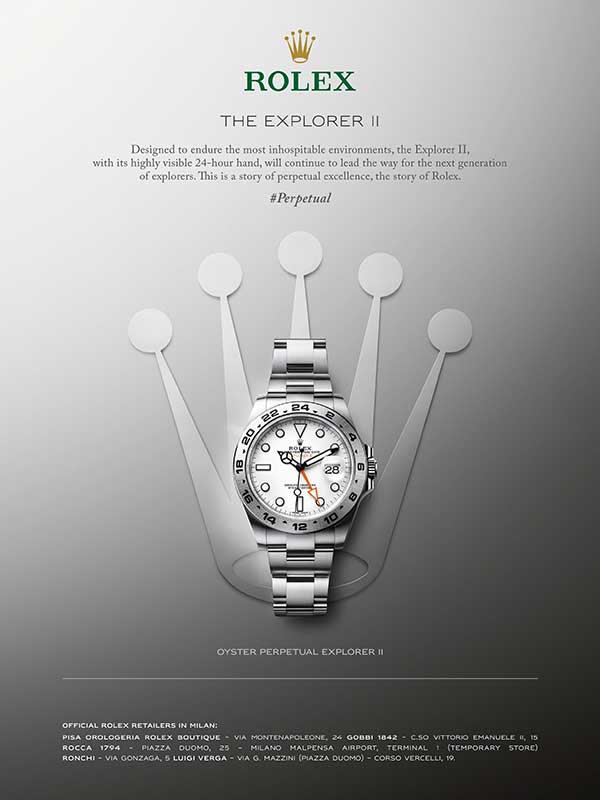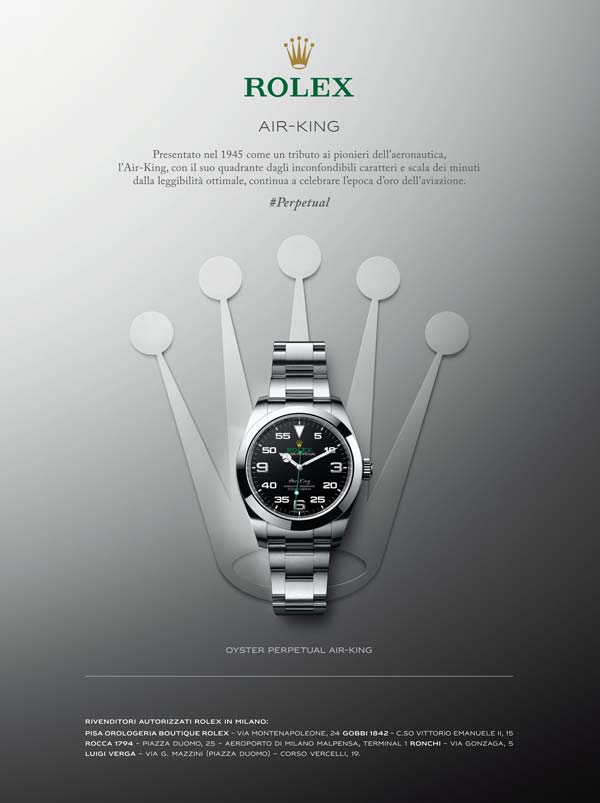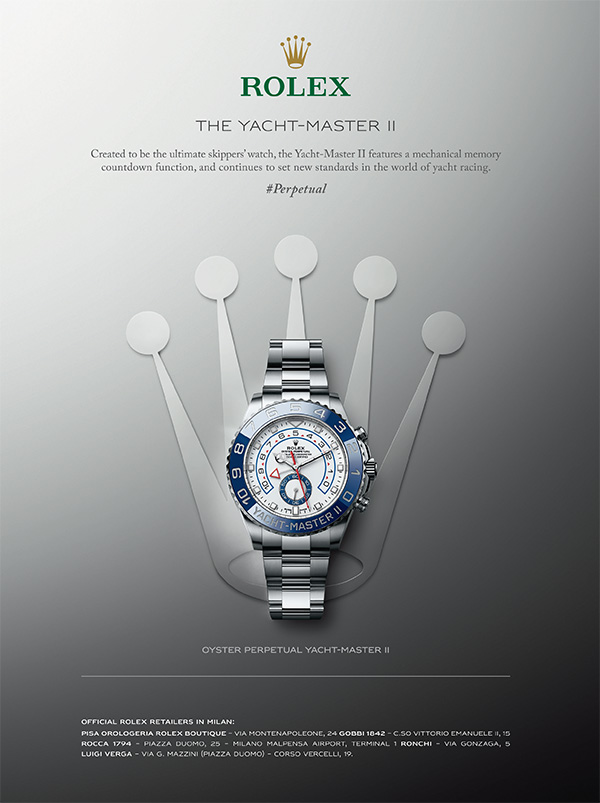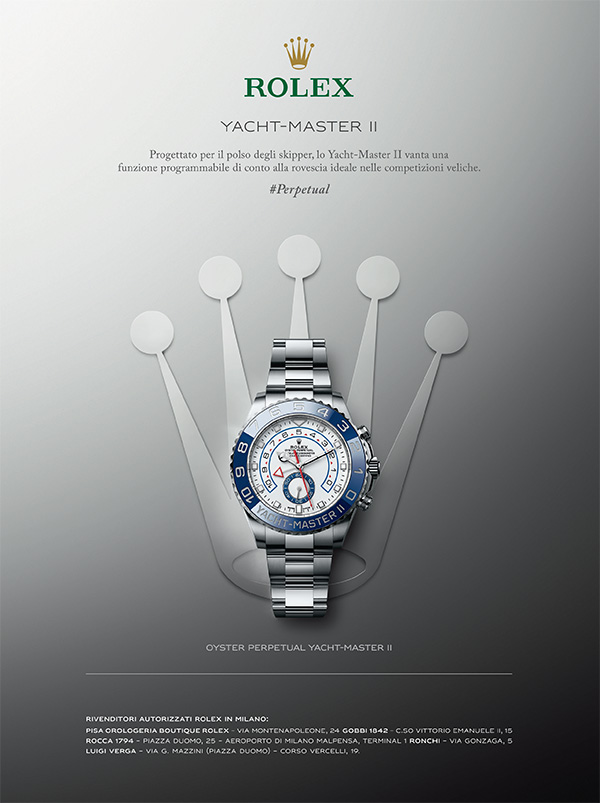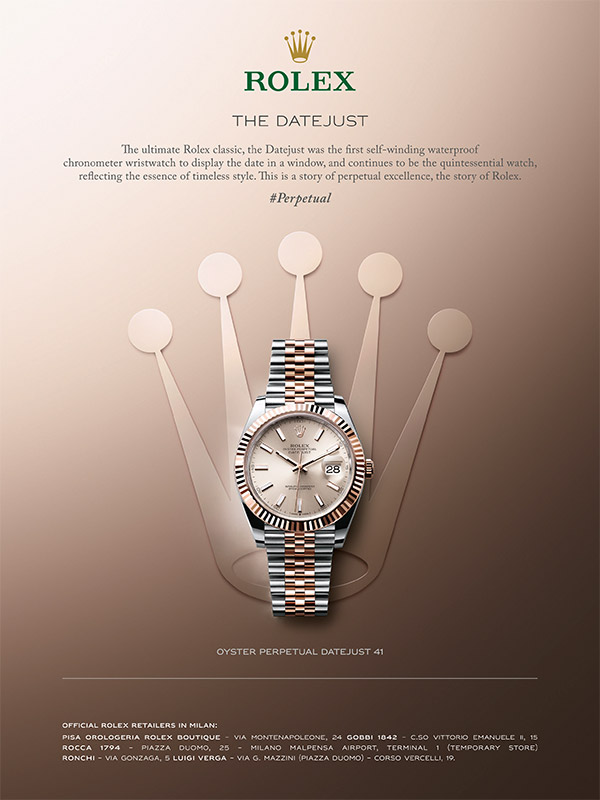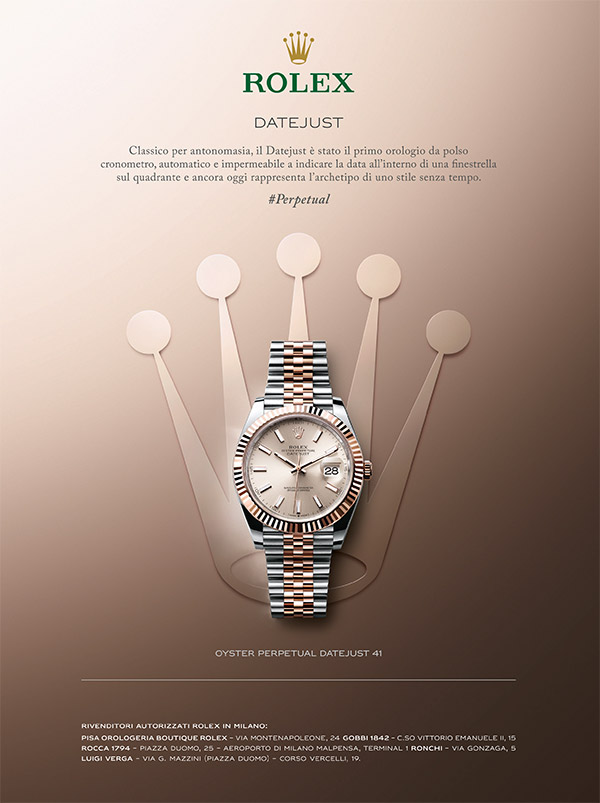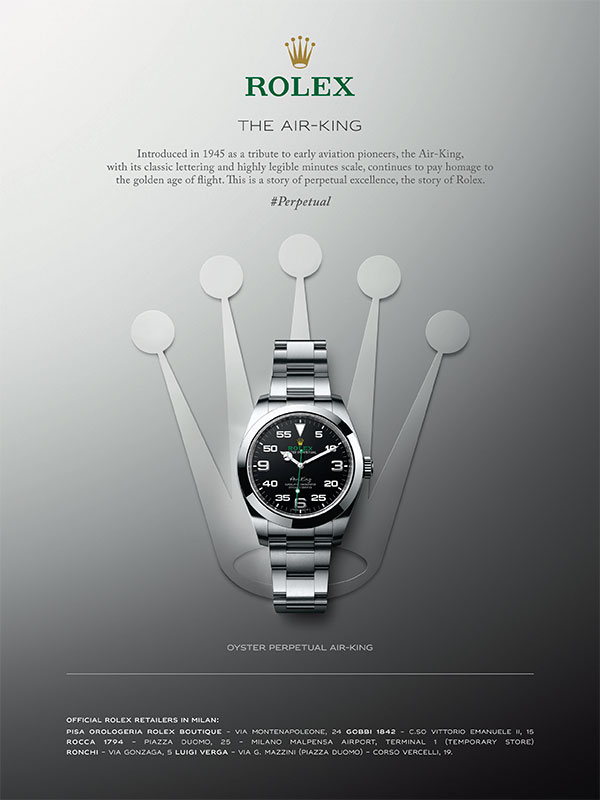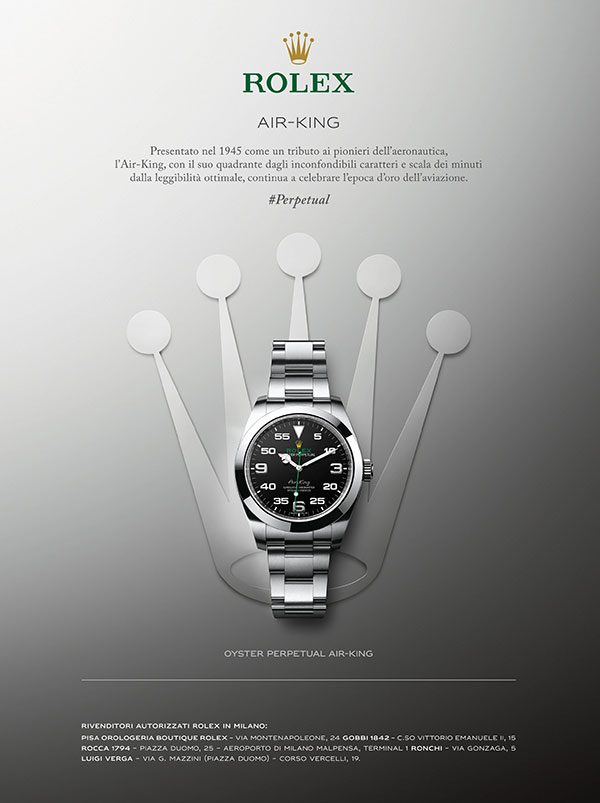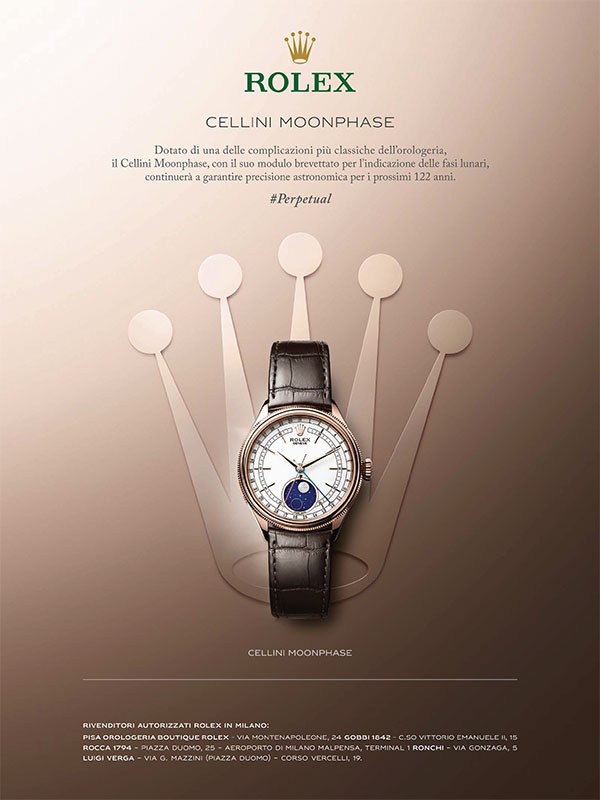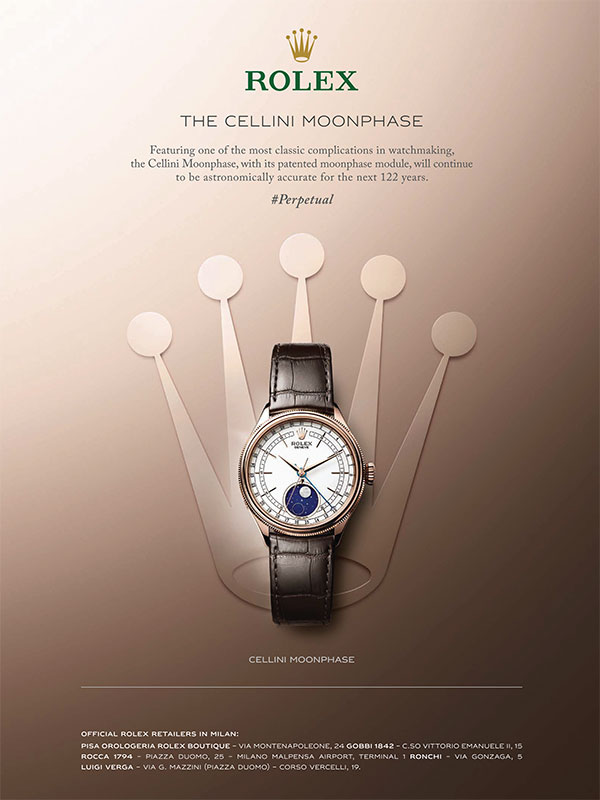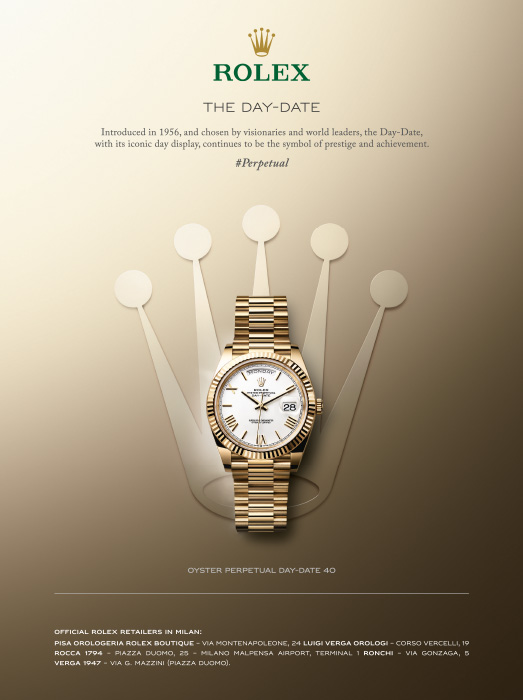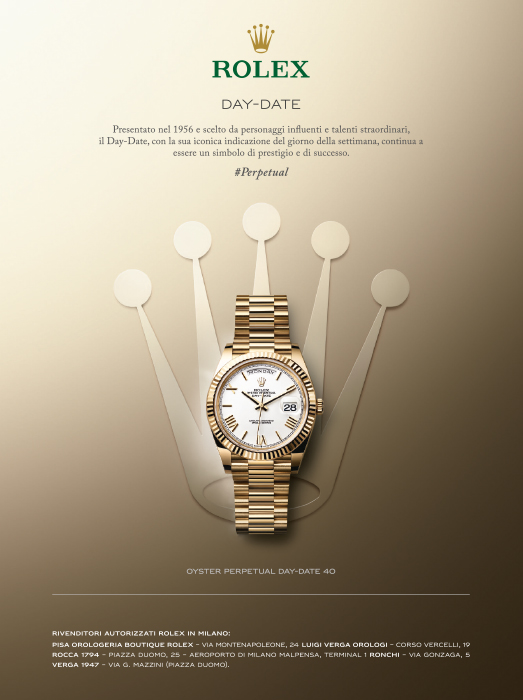www.campari.com/en-gb/galleria-campari
T: +39 02 62251
galleria@campari.com
M1 (red line) Sesto Rondò
Open Saturday and Sunday, 10.30am-5.30pm
The Galleria Campari, opened in 2010 on the occasion of the company’s 150th anniversary, is a newly conceived corporate museum: a dynamic, interactive and multimedia space entirely dedicated to the relationship between the Campari brand and its communication through art and design. The project is part of the architectural and functional rewriting of the historic Sesto San Giovanni plant created by Davide Campari in 1904. Between 2007 and 2009, the complex was entirely transformed to the design of architect Mario Botta for the construction of the new Gruppo Campari Headquarters and the company museum.
 Galleria Campari owes its strength to the uniqueness and richness of the Galleria Campari Archives, a true cross-cultural depository that contains over 4.000 works on paper, mainly original posters from the Belle Époque, but also posters and advertising graphics from the 1930s to the 1990s, signed by important artists such as Marcello Dudovich, Leonetto Cappiello, Fortunato Depero, Guido Crepax, Bruno Munari and Ugo Nespolo; carousels, commercials and projects by well-known directors such as Federico Fellini, Singh Tarsem, Paolo Sorrentino, Stefano Sollima, Matteo Garrone; objects signed by established designers such as Matteo Thun, Dodo Arslan, Markus Benesch and Matteo Ragni. The first floor presents an immersive display dedicated to design and merchandising – a sector in which Campari has always been a forerunner and innovator – with vintage bottles and memorabilia presented in a space redesigned to encourage the free flow of visitors. Campari’s history is one of brilliant intuition, refined advertising campaigns, and a cutting-edge communication strategy that has dressed the product in art and design and associated it with Italian culture and creativity. A visit to Galleria Campari is a sensory immersion in the principles of vitality and projection towards the future that have always characterised the brand.
Galleria Campari owes its strength to the uniqueness and richness of the Galleria Campari Archives, a true cross-cultural depository that contains over 4.000 works on paper, mainly original posters from the Belle Époque, but also posters and advertising graphics from the 1930s to the 1990s, signed by important artists such as Marcello Dudovich, Leonetto Cappiello, Fortunato Depero, Guido Crepax, Bruno Munari and Ugo Nespolo; carousels, commercials and projects by well-known directors such as Federico Fellini, Singh Tarsem, Paolo Sorrentino, Stefano Sollima, Matteo Garrone; objects signed by established designers such as Matteo Thun, Dodo Arslan, Markus Benesch and Matteo Ragni. The first floor presents an immersive display dedicated to design and merchandising – a sector in which Campari has always been a forerunner and innovator – with vintage bottles and memorabilia presented in a space redesigned to encourage the free flow of visitors. Campari’s history is one of brilliant intuition, refined advertising campaigns, and a cutting-edge communication strategy that has dressed the product in art and design and associated it with Italian culture and creativity. A visit to Galleria Campari is a sensory immersion in the principles of vitality and projection towards the future that have always characterised the brand.
The works are exhibited both in the original and in a multimedia version, reworked by Cogitanz’s Interaction Designers using a video-wall with 15 screens dedicated to carousels from the 1950s to the 1970s, eight high-definition projectors running a 32-metre wall with animated period sketches, videos dedicated to special projects, images taken from Campari calendars and commercials from the 1980s to the present day. An interactive table with 12 touch screens allows visitors to enjoy much of the company’s vast artistic heritage.



